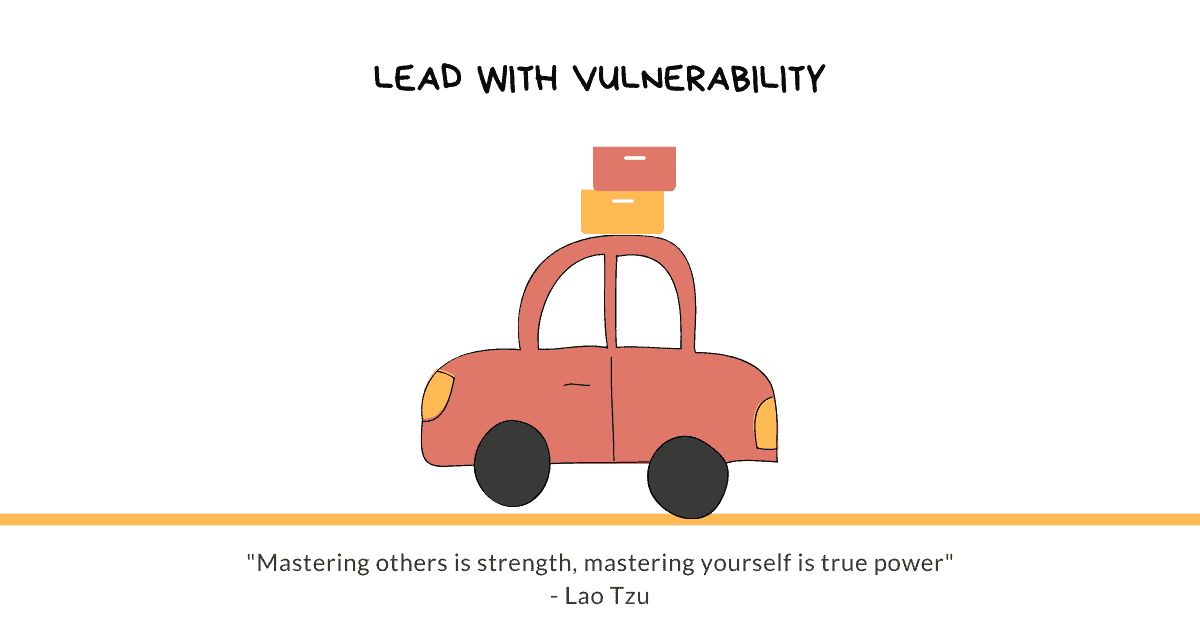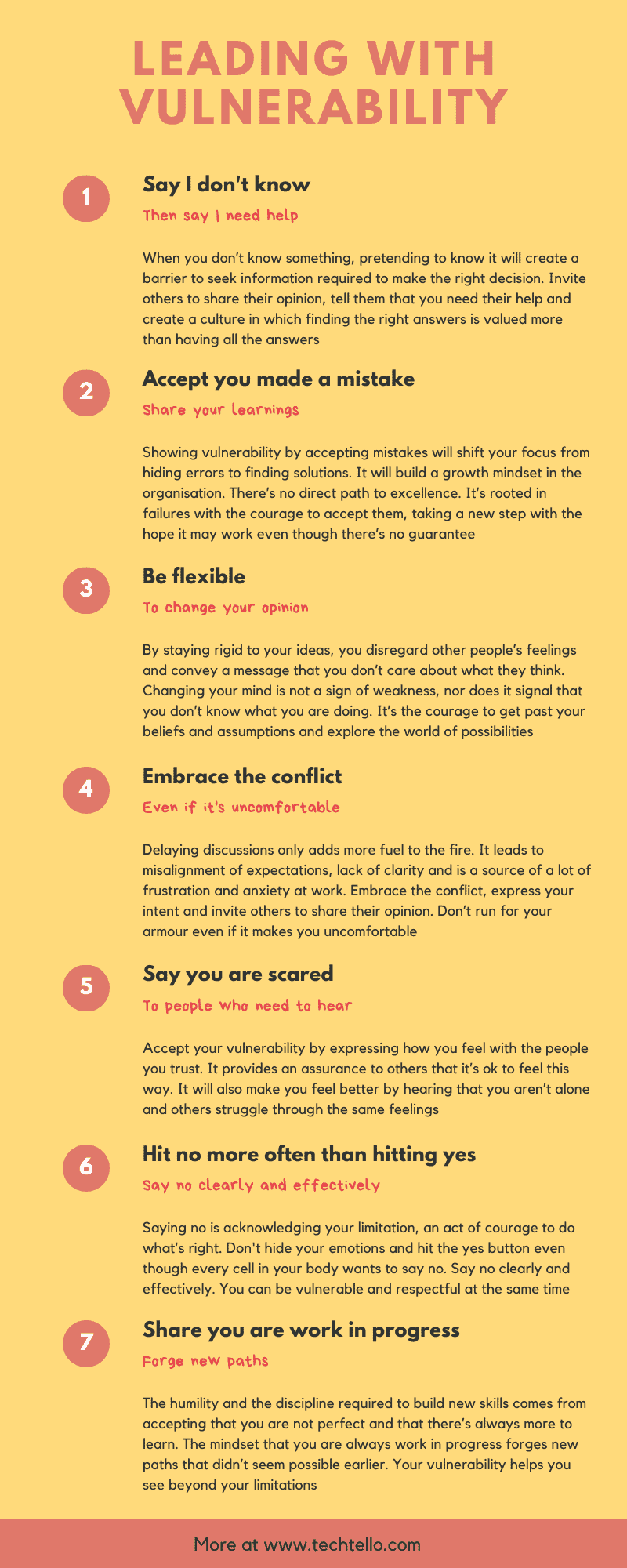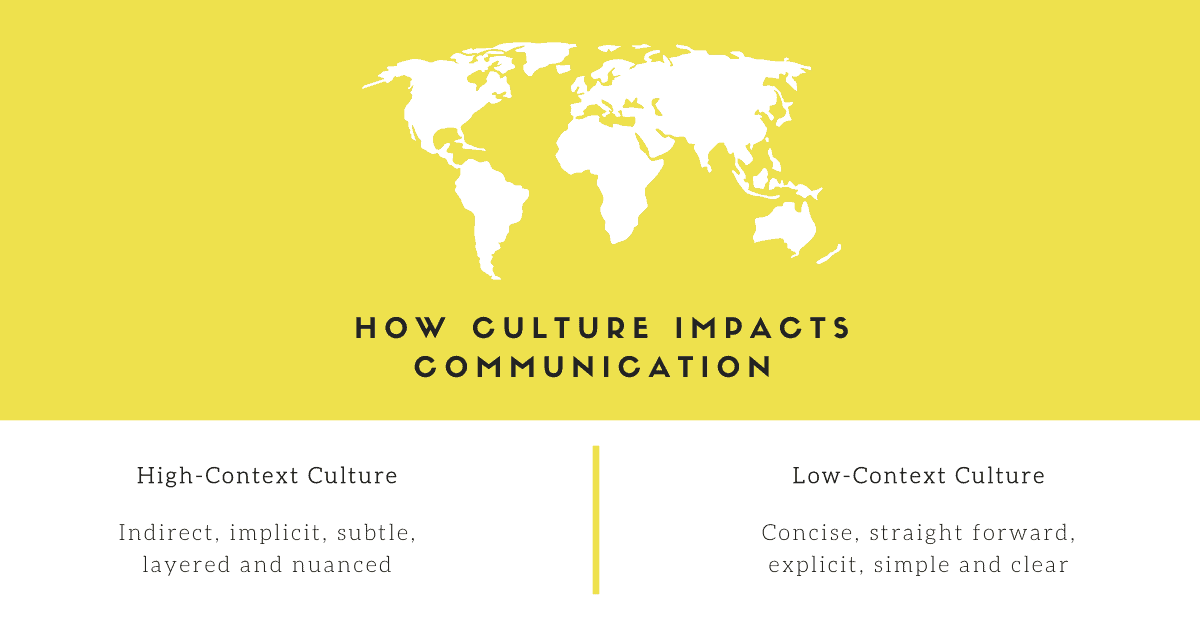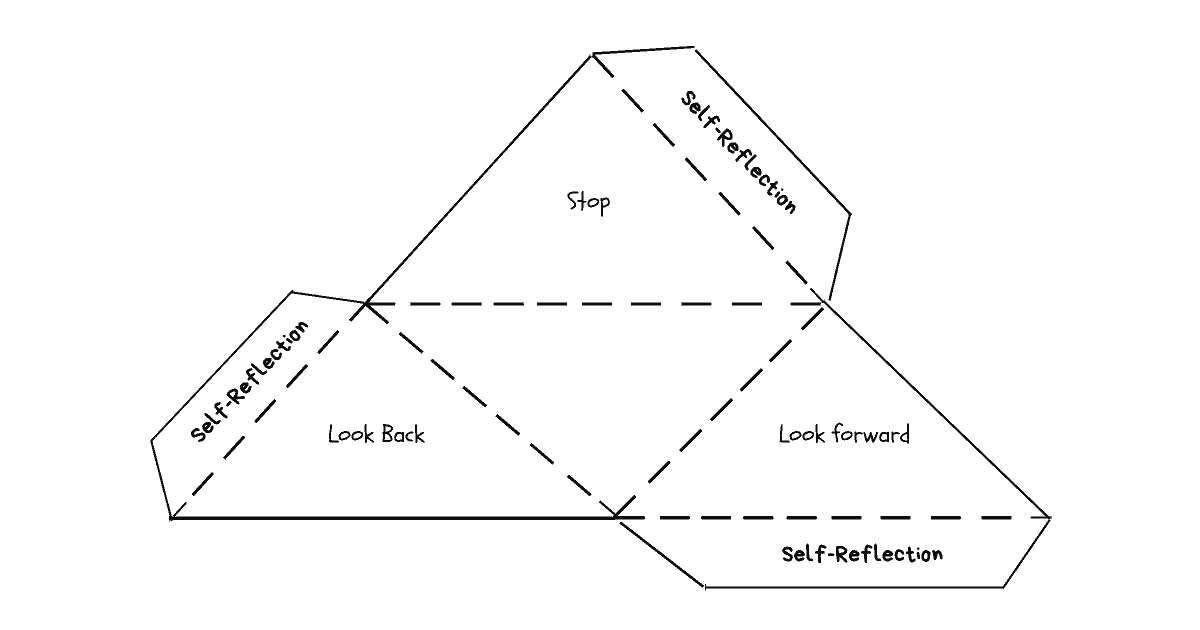If You Dare To Lead, Lead With Vulnerability

Just like a tortoise hides inside its shell and a porcupine’s sharp quills leap to attention when they sense danger, we human beings also put on protective armor when we feel threatened. Risky situations, anxiety from the unknowns and the danger of being exposed evoke the same emotional response as the fear of being chased by a predator.
We feel vulnerable. But instead of embracing vulnerability, accepting our fears and leading with curiosity, we put on a shield of protection. We project confidence even when we are scared, speak with surety even when we are unsure, hide our mistakes with the fear of disapproval and avoid confrontation to save ourselves from the risk of emotional exposure.
Trying to keep up with this image turns into a constant fight with ourselves since it’s not who we really are. Instead of spending our mental energy in doing the right thing, we spend it in trying to be right.
We can either be vulnerable and form meaningful relationships or hide behind our protective armor where others cannot see our true selves. Creating an image that we are perfect, we have all the answers and that we are never wrong stifles our own growth and those of others around us.
Vulnerability isn’t letting it all out, burdening others with our deep seated fears or telling stories that make others uncomfortable. “Vulnerability without boundaries leads to disconnection, distrust and disengagement. Letting it all out or boundaryless disclosure is one way we protect ourselves from real vulnerability”, says Brene Brown in Daring Greatly.
It requires establishing healthy boundaries in which we share out of our desire to find answers, encourage others to open up and inspire free flow of information with the courage to accept our limitations and the mindset to learn and grow. Our motivation behind vulnerability comes from knowing where we are, where we want to be and accepting that we can’t do it alone. It’s in telling others we need them along the way.
Vulnerability is strength

Growing up, we learn to hide our real feelings and put on a perfect show. We are being told that expressing “what we lack” is a sign of weakness and to succeed we need to pretend “we have what it takes.”
No wonder as we enter the workforce, we carry this mindset with us.
When tasked with a new project that we don’t understand, we are too afraid to ask clarifying questions with the belief that asking questions will be considered a sign of incompetence. We prefer “projecting confidence” over “seeking clarity.”
When giving a presentation for the first time to a group of people, we decide to do it alone with the belief that asking for help is a sign of weakness. We assume “building credibility” implies “going it alone.”
We do not speak up when we disagree or avoid difficult conversations to avoid the risk of emotional disclosure required to have authentic conversations. We think “going with the flow” is a way to avoid hurting others and “gain respect.”
Always putting on the protective armor prevents us from building meaningful relationships. We spend our energy in keeping up with our false image instead of gaining trust by letting our true selves be seen.
Vulnerability is not weakness. It’s strength. It’s the courage to let our guard down, courage to be seen, courage to accept we don’t know, courage to acknowledge mistakes and the ultimate belief that we are not perfect, we are always work in progress.
We connect with other real human beings, those who have flaws just like us. When we show vulnerability, we signal “it’s ok to be who you are, there’s no need to hide”. It invites others to speak up, accept their mistakes and seek help when they don’t know something. Together it’s committing to a path of learning and growth as opposed to building a culture of pretence.
When leaders embrace imperfection by accepting vulnerability, they empower people in their organisation to reciprocate. They create a culture in which new ideas are born, people are encouraged to experiment, learn from their failures and try new strategies instead of sticking with the status quo and hiding behind their failures.
Brene Brown says “Vulnerability is the birthplace of innovation, creativity and change. To create is to make something that has never existed before. There’s nothing more vulnerable than that. Adaptability to change is all about vulnerability.”
Innovation is not born out of perfection, it’s the gift of imperfection.
Leading with vulnerability
Leading with vulnerability isn’t easy and it doesn’t come to us naturally. Our years of training to think of vulnerability as a weakness isn’t going to go away in a day. That’s why we need courage to practice it, to fail and try again.
There will be moments of confusion – am I being too vulnerable or too less, fear of what others will think, maybe even a feeling of shame in accepting it, but showing vulnerability is not getting past these feelings. It’s accepting that they exist and practicing courage to be vulnerable despite them. With consistent practice, vulnerability will be effortless, it will be a part of who you are.
Follow these 7 key practices to lead with vulnerability:
1. Say “I don’t know” and then say “I need help”
When we don’t know something, pretending to know it will create a barrier to seek information required to make the right decision.
When saying “I don’t know” seems congruent with “I don’t know what I am doing in this position”, when it becomes a part of our identity, an expectation to act as a “know-it-all”, we fear that we will be judged for not knowing. Others will question our authority and lose trust with our inability to provide them with the answers.
We become reluctant to ask for information with the fear of being found out, nod in agreement to ideas we don’t understand and try hard to portray an external calm when our internal self is exploding with terror.
People do not expect us to have all the answers. It’s the creation of our own minds. Think about it –
- Do you really expect others to know everything?
- How do you feel when they say they don’t know something?
- Do you judge them and think less of them or do you appreciate their vulnerability?
H. Irving Grousbeck, professor at Stanford Business School said “When a direct report comes to you with a question you can’t answer, resist the temptation to guess. Instead, consider saying: “I don’t know.” Those three words constitute a powerful answer that shows humility and self-confidence”
“I believe the best managers acknowledge and make room for what they do not know—not just because humility is a virtue but because until one adopts that mindset, the most striking breakthroughs cannot occur. I believe that managers must loosen the controls, not tighten them. They must accept risk; they must trust the people they work with and strive to clear the path for them; and always, they must pay attention to and engage with anything that creates fear. Moreover, successful leaders embrace the reality that their models may be wrong or incomplete. Only when we admit what we don’t know can we ever hope to learn it”, says Ed Catmull in Creativity, Inc.
Saying “I don’t know” is powerful. The moment we muster the courage to say “I don’t know”, we feel the weight of pretence lifted from our body.
Instead of spending the energy in fighting with ourselves, we can now spend that energy in finding the right answers. We can invite others to share their opinion, we can tell them that we need their help and we can create a culture in which finding the right answers is valued more than having all the answers.
2. Accept you made a mistake, share your learnings
When we don’t accept vulnerability, we either try to hide our mistakes or look for easy targets to blame.
We invest in sunk costs only to prove that we made the right investment, keep up with a toxic employee for too long instead of accepting that we made a wrong hiring decision, hide bad deals and failed projects.
What does this convey to others? That it’s not ok to make mistakes. People in the organisation can either focus on avoiding mistakes or achieving excellence. Which one do you want?
There’s no direct path to excellence. It’s rooted in failures with the courage to accept them wholeheartedly, go through the painful process of dissecting these failures and drawing learning from them, taking a new step with the hope it may work even though there’s no guarantee and doing this over and over again without giving up.
As a practice, don’t just accept mistakes. Share what you learnt from the process – how did you decide, what did you try, what went wrong and what did it teach you. With focus on learning, people get past mistakes and see the value in taking these risks. They understand that meaningful insights are possible only when we have the courage to experiment, fail, learn and repeat.
Showing vulnerability by accepting mistakes shifts our focus from hiding errors to finding solutions. It builds a growth mindset in the organisation.
3. Be flexible to change your opinion
When we connect our identity to our opinion, it’s extremely difficult to see past it and show vulnerability by exploring another person’s point of view with genuine curiosity and open-mindedness. We are stuck with our beliefs and fail to acknowledge that we might just be wrong.
By staying rigid to our ideas, we disregard other people’s feelings and convey a message that we don’t care about what they think. Whether it’s a meeting to lock down key product strategies, make a hiring decision, finalise an execution plan or be part of a difficult conversation, inflexibility to other people’s ideas and opinions prevents us from building meaningful connections.
Our focus on getting others to see our way and trying hard to sway them in our direction breaks trust. People avoid conversations, remain silent and simply nod in agreement once they learn that we won’t budge.
Listening intently to other people’s ideas, asking good open ended questions and showing flexibility to incline towards the best option, even though it may not be our first choice is a sign of leadership. It signals that anyone can have the best idea and people shouldn’t be afraid to voice their opinion. In the end, what matters is making the right decision which is in the best interest of the organisation.
Changing our mind is not a sign of weakness, nor does it signal that we don’t know what we are doing. It’s the courage to get past our beliefs and assumptions and explore the world of possibilities. It’s vulnerability that champions “flexibility of opinion” over “our sense of righteousness.”
4. Embrace conflict even if it’s uncomfortable
Workplaces are filled with conflicts – competing priorities, working with a difficult coworker, denial of a promotion, disagreement on a decision, rejection of our ideas and so on.
Dealing with the conflict in a productive manner requires stepping out of our comfort zone and risking the emotional exposure that comes with embracing it. Vulnerability in such situations is the uncertainty of the outcome, risk of displeasing others and the fear that we will make matters worse.
“Every time we find ourselves arguing, debating, running away, or otherwise acting in an ineffective way, it’s because we don’t know how to share meaning. Instead of engaging in healthy dialogue, we play silly and costly games”, says Joseph Grenny in Crucial Conversations.
Yes, these discussions are uncomfortable and it’s easy to avoid them with the hope they will resolve on their own. But, delaying these discussions only adds more fuel to the fire. It leads to misalignment of expectations, lack of clarity and is a source of a lot of frustration and anxiety at work.
Embrace the conflict, express your intent and invite others to share their opinion. Don’t run for your armor even if it makes you uncomfortable.
5. Say you are scared
Are you worried about the looming deadline, fearful of your next big presentation, feel like an imposter while leading a challenging project, concerned about how the new acquisition will turn out?
Most of us are scared in such circumstances and yet we don’t acknowledge it. Being scared doesn’t imply that we are not capable of handling the responsibility or given an opportunity we will flee the situation. It also does not mean that we should go out announcing our fears to everyone.
It’s accepting our vulnerability by expressing how we feel with the people we trust. It provides an assurance to others that it’s ok to feel this way. It also makes us feel better by hearing we aren’t alone and others struggle through the same feelings.
What would you do if your colleague says “I am scared about this project. There’s too much at stake.” Would you judge her and doubt her capabilities or think “I would be scared too if I were in your position.”
A CEO who announces that she is nervous about the next big acquisition won’t sound weak, but rather will be appreciated for being real by accepting the hard truth that a lot of acquisitions don’t turn out well.
Show your vulnerability. Say you are scared with the people who need to hear. Being scared is not lack of strength, it’s the courage to accept the reality of your situation.
6. Hit no more often than hitting yes
Saying no is acknowledging our limitation, an act of courage to do what’s right. We hide our emotions, put on a happy face, cover up our disagreements and hit the “yes” button even though every cell in our body wants to say no.
Saying no is not easy, but we don’t even put in the effort to learn how to say it. It’s because we think saying no will make people judge us, doubt our competency and question our commitment. It requires accepting vulnerability by exposing ourselves, having the courage to be disliked and recognising that it’s not our job to please everyone.
Sometimes it’s our people pleasing tendencies that get in the way and at other times we simply don’t know how to create value and end up defaulting to yes. We do not realise that by saying yes, we might save ourselves from facing our vulnerability in the moment, but it’s only temporary. Reality will hit us hard as we soon come to terms with what we promised and will fail to deliver on it. What will upset people more – the fact we said no upfront or being overly enthusiastic by saying yes and then not fulfilling our promise?
“You have to decide what your highest priorities are and have the courage pleasantly, smilingly, and non apologetically – to say “no” to other things. And the way to do that is by having a bigger yes burning inside”, says Stephen R. Covey in The 7 Habits Of Highly Effective People.
Say no clearly and effectively. We can be vulnerable and respectful at the same time.
7. Share you are work in progress
The humility and the discipline required to build new skills comes from accepting that we are not perfect and that there’s always more to learn. It’s the determination to be better by accepting that the path to learning goes through vulnerability. We cannot truly learn and grow without being open-minded about our own shortcomings.
Sharing the new skills we are building with others is not a display of what we lack, it’s a proclamation of who we wish to become. Once our identity guides our actions, it also helps us free ourselves from being stuck by our beliefs and assumptions to embrace new ideas with openness and curiosity.
The mindset that we are always work in progress forges new paths that didn’t seem possible earlier. Our vulnerability helps us see beyond our limitations to explore the world of possibilities.
Lao Tzu, an ancient Chinese philosopher said “Mastering others is strength, mastering yourself is true power.” Vulnerability is strength, it’s your true power.
Summary:
Lead with vulnerability –
- Say I don’t know and then say I need help: Be the person who doesn’t have all the answers but is keen to find the right ones.
- Accept you made a mistake, share your learnings: Accept you are infallible like everyone else, but you don’t hide behind it. You own your mistakes and do not hesitate to share your learnings with others.
- Be flexible to change your opinion: You do not associate your identity with your opinion. What matters to you is making the right decision.
- Embrace conflict even if it’s uncomfortable: You do not let discomfort stop you from doing the right thing which is to have the conversation at the right time with the right person.
- Say you are scared: You don’t put on armor and pretend to be confident even when you are scared. Accepting your fears helps you see the true reality of your situation.
- Hit no more often than hitting yes: You don’t act out of your desire to please others. You believe in creating true value and that requires saying no often.
- Share you are work in progress: You are not perfect and your desire to learn and grow is your biggest strength to help you be the person you wish to become.






























